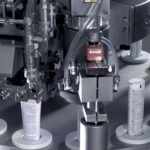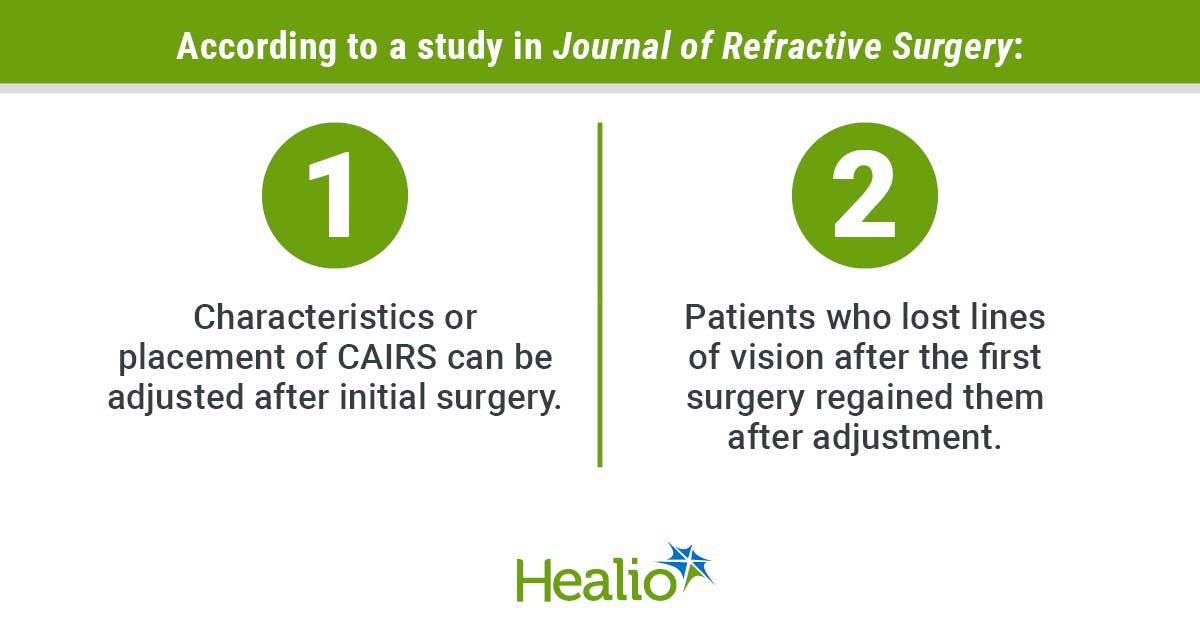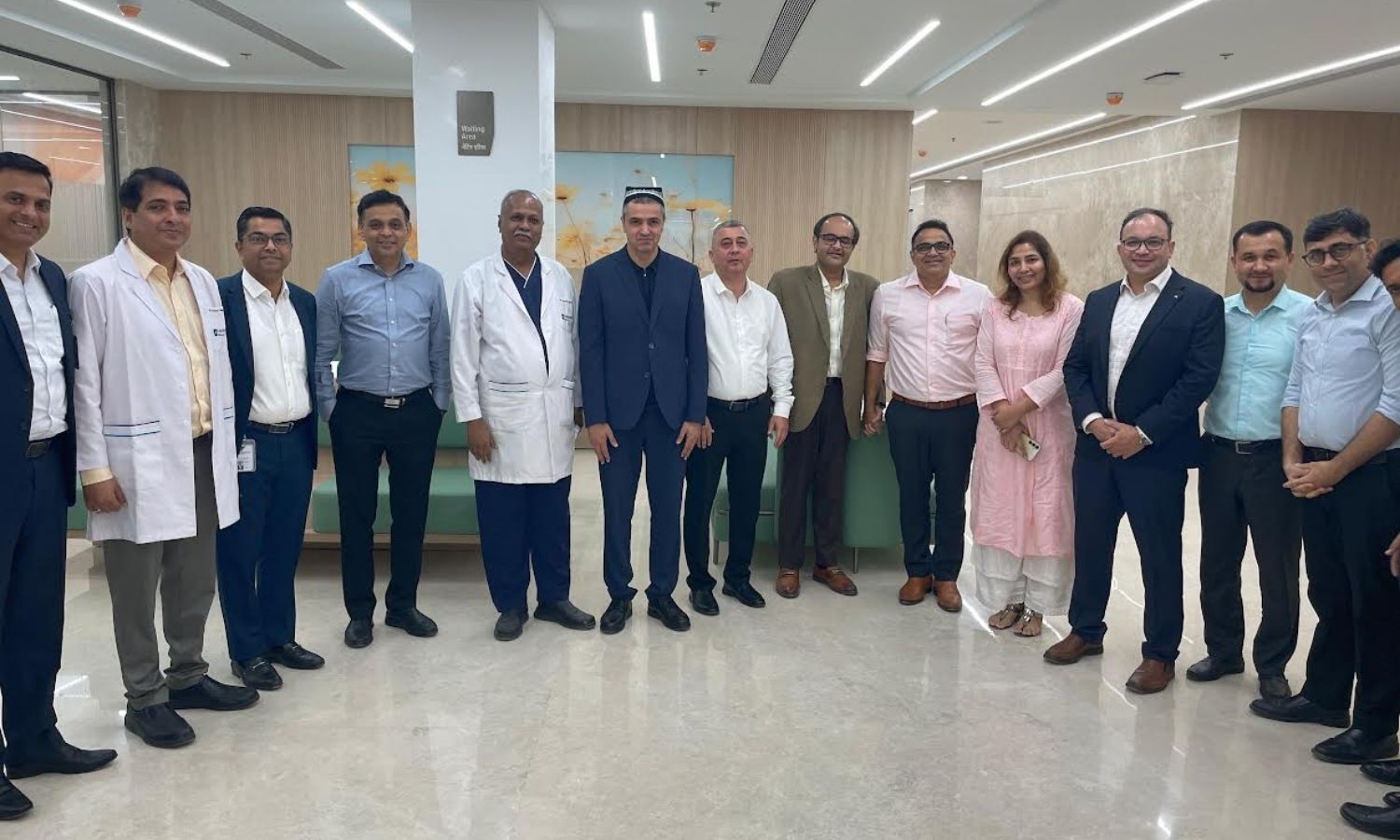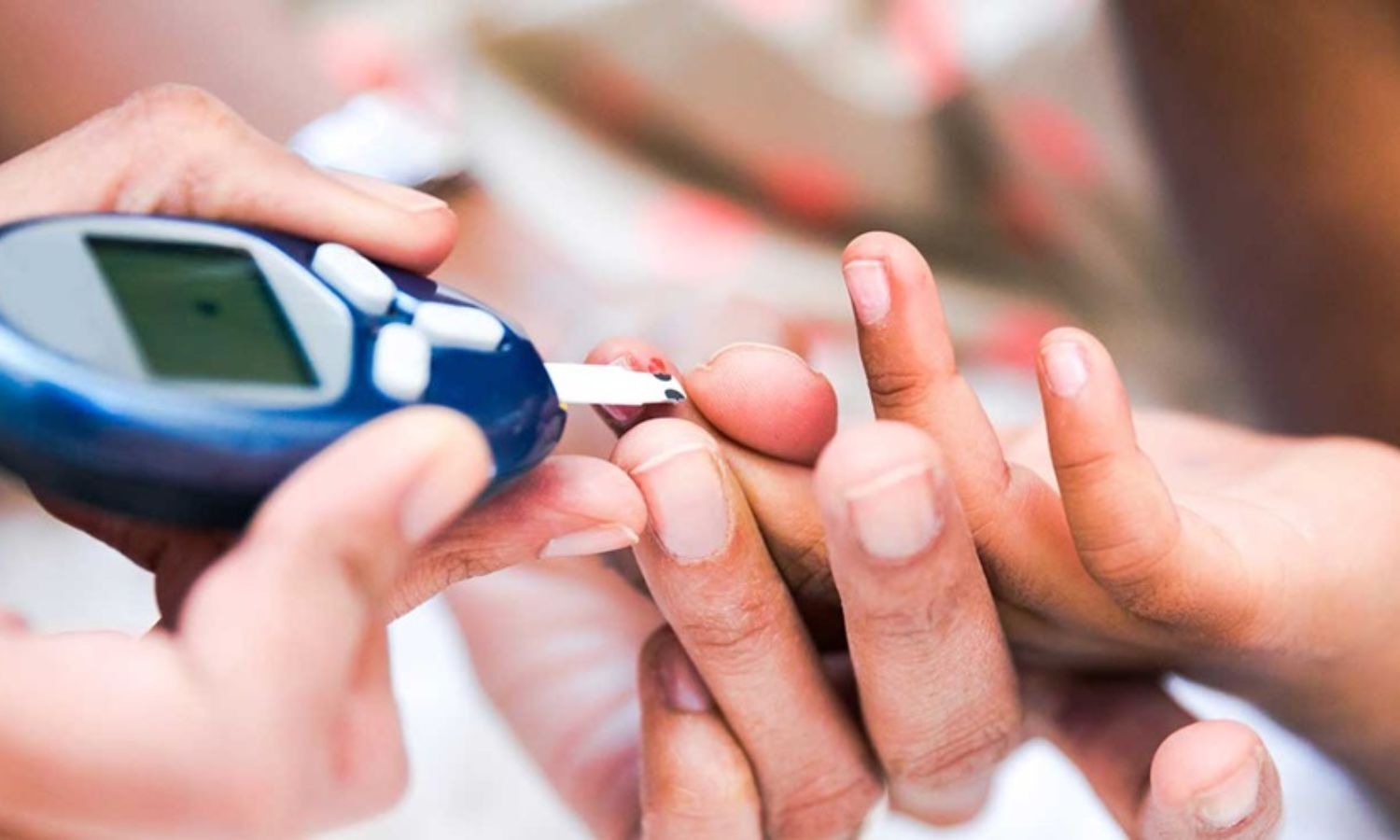October 09, 2025
1 min read
Key takeaways:
- Characteristics or placement of CAIRS can be adjusted after initial surgery.
- Patients who lost lines of vision after the first surgery regained them after adjustment.
Adjustment procedures can help improve suboptimal results after implantation of corneal allogeneic intrastromal ring segments, according to a study in Journal of Refractive Surgery.
Soosan Jacob, MS, FRCS, DNB, of Dr. Agarwal’s Eye Hospital and Eye Research Centre, India, and colleagues wrote that using corneal allogeneic intrastromal ring segments (CAIRS) for the treatment of keratoconus and other ectasias can improve uncorrected distance visual acuity (UDVA) and corrected distance visual acuity (CDVA).

“In certain cases, however, the effect of the CAIRS may be suboptimal, and this may be improved by adjusting the characteristics of the CAIRS or its placement,” they wrote.
Jacob and colleagues conducted a retrospective interventional case series of 13 eyes of 13 patients.
If the arc length of the implant was too long, surgeons shortened the corresponding zone to relieve excess corneal flattening. If it was too short, they cut and inserted an additional segment.
In patients with excess flattening, surgeons removed the implant, cut it to the desired thickness or width, and reinserted it. They implanted an additional segment if the patient required additional flattening.
They also made adjustments to the placement of CAIRS based on the optical zone and imaging.
Compared with baseline, the mean improvement to UDVA and CDVA after CAIRS implantation was 1.5 ± 3 lines of vision and 0.2 ± 1.5 lines of vision, respectively. Two patients lost three lines of UDVA, and five patients lost 0.5 to three lines of CDVA.
After adjustment compared with baseline, the mean improvement in UDVA was 3.6 ± 3 lines of vision, and the mean improvement in CDVA was 1.15 ± 1.6 lines of vision. Patients did not lose any lines of vision after adjustment, and patients who lost lines of vision after the initial implantation regained them after adjustment.
“CAIRS implantation is a procedure that lends itself well to adjustments,” Jacob and colleagues wrote. “It is therefore possible to try to improve a suboptimal result obtained following CAIRS surgery by performing an adjustment procedure.”










